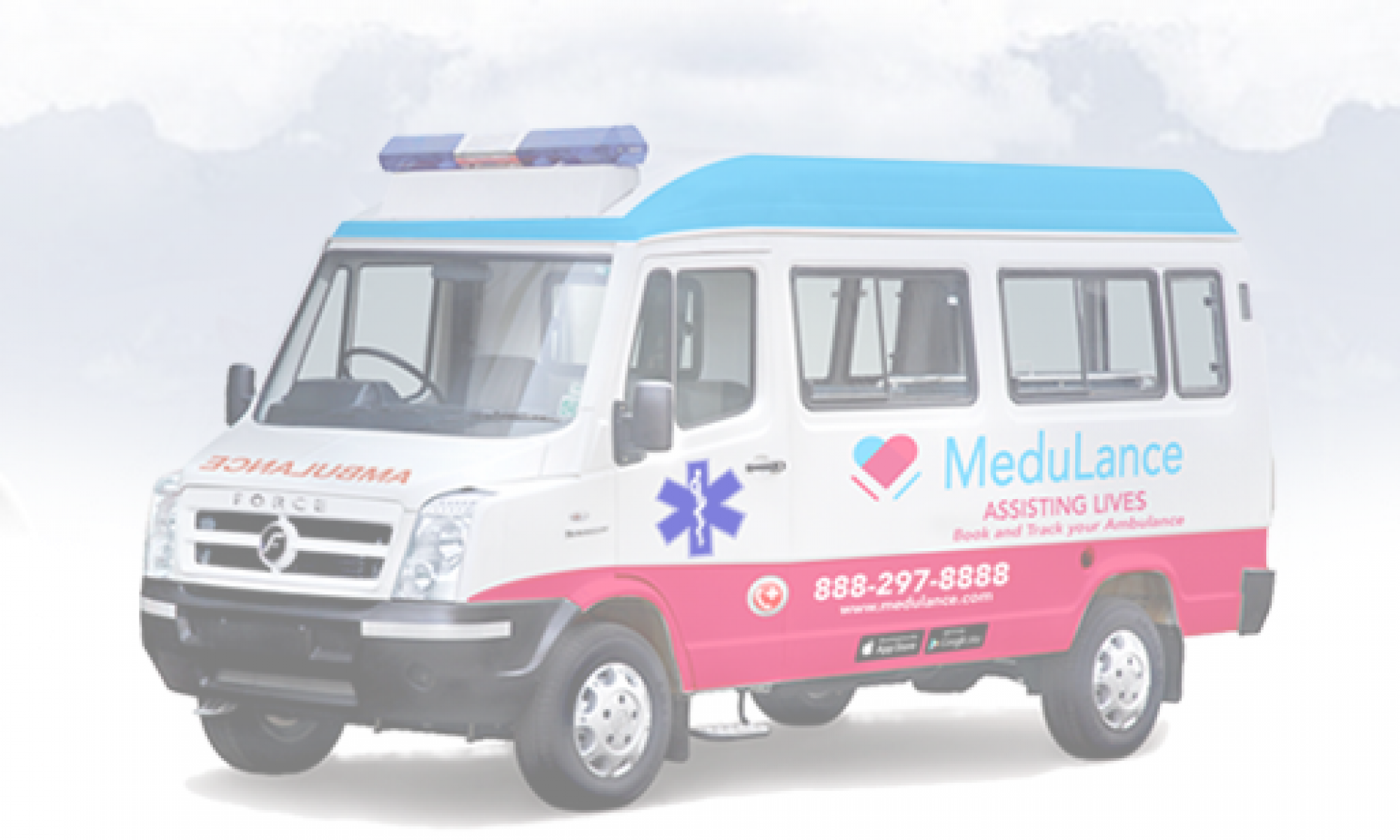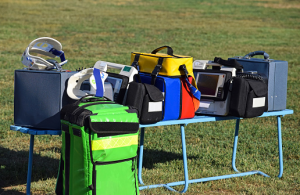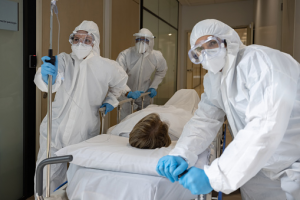When an emergency occurs and the nearest hospital is too far away, ambulances can save lives on the spot. In the event of an emergency medical service, first responders must be dispatched, and the quality of ambulance equipment is critical.
These ambulances are fully equipped to handle any situation, whether it’s a stroke, a stairwell fall, or a gunshot wound. But do you know what kind of ambulance equipment is in these vehicles that rescue people who are on the verge of death? Aside from heavy-duty batteries that keep vehicles running, the following is the equipment that one will always find in an ambulance:
- Defibrillators
- Oxygen supply units
- Wheelchairs
- A Stretcher
- Monitoring Equipment
- First Aiders
- Jump bag
- Bag valve mask (BVM)
- Suction unit
- Cervical collar
- Medication bag
- Haemo Glucometer (HGT)
Defibrillators are devices that deliver an electric shock to the heart to stop an irregular heartbeat and restore a normal rhythm. In the worst-case scenario, defibrillators can be used to restart a heartbeat that has stopped suddenly. Though you are unlikely to see defibrillators used during your journey, they are an excellent safety measure that is always available to protect your health!
Oxygen supply units are one of the most important pieces of ambulance equipment because they can be used to help fire victims, patients with breathing problems such as asthma, or resuscitate a collapsed patient.
Ambulances are also equipped with wheelchairs. Wheelchairs include a standard ward chair for general assistance and a track chair designed specifically for use downstairs. Regular wheelchairs or the patient’s wheelchairs can be strapped into the vehicles for convenience! Any journey can be completed without the individual ever leaving their chair.
The non-emergency patient transportation service allows fewer mobile patients to travel laying down rather than sitting upright. When a wheelchair is not appropriate, a stretcher is kept in all vehicles and can transport any individual. All members of the transport team are trained to handle heavy equipment and stretchers both inside and outside of the ambulance.
Also Read: Here Are 10 Essential Equipment in a Non-Emergency Ambulance and Its Applications
Patient transport ambulances are fully equipped with observation kits that include thermometers, blood pressure machines, and oxygen monitoring devices. Any irregularities can be detected before they worsen, and treatment will be provided as soon as possible using the safety equipment.
First responders are arguably the most important piece of our critical support equipment! All vehicles are accompanied by two staff members: a driver and an attentive crew member who is fully outfitted with PPE. All crew members will be fully trained in first aid and patient handling, and first aid kits for minor injuries will be kept on board.
A jump bag is used to transport medical supplies such as first aid and trauma kits. When paramedics arrive at an emergency scene, they usually grab this first. A jump bag is frequently stocked with basic but critical medical supplies such as bandages, drips, medication, and syringes. It’s larger and more comprehensive than a standard first-aid kit, so it usually comes with several pouches for organizing supplies.
If you’re having trouble breathing, your paramedic’s priority will be to get a steady flow of oxygen into your lungs. A BVM is a device that is linked to a mask that is worn over your mouth to provide ventilation. These masks come in a variety of styles and sizes, and ambulances must carry a variety of them because they are only effective if they fit well and form a tight seal around the person’s nose and mouth.
When a suction unit is used, a patient is bleeding internally, and the pressure on vital organs needs to be relieved. It is also used to remove fluids that have accumulated inside the body or the mouth, as well as in situations where an emergency procedure is required in the ambulance equipment before arriving at the hospital.
If paramedics suspect a neck or head injury, they may also employ a cervical collar. It’s a neck brace that helps keep your neck and head in place, reducing movement and the risk of long-term damage. This has a rigid frame that fits around your neck and is held securely with Velcro straps.
It should go without saying that paramedics have pain-relieving and life-saving medications on board! To keep medications organised, this lightweight, padded bag has several pouches and elastic straps.
This device can be used to check your blood sugar levels if you have diabetes. This device will allow the paramedic to take a quick reading of your blood glucose level by placing a small drop of your blood on a disposable strip that will be inserted into the device. The number displayed on the screen represents your blood glucose level. If the reading is too high or too low, the paramedic will use medication to try to stabilise your condition.
The ten devices described above are the ten most important components of an ambulance. There are still many more that help patients remain stable until they are transported to an emergency room or hospital.
These are basic devices found in every ambulance in the world. Sometimes you’ll find something extra, like in pediatric patient ambulances, or something different, like in NCBR or anti-contamination ambulances.


